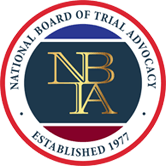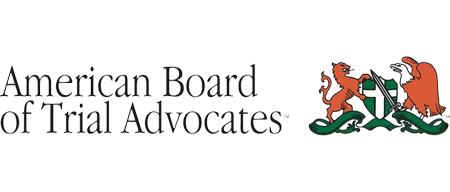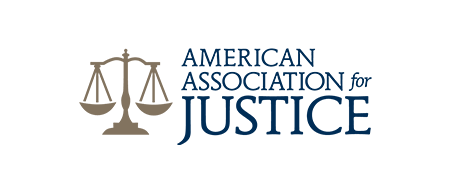There are more motorcyclists in California than in any other state in the country, according to the state Office of Traffic Safety. Unfortunately, motorcyclists are much more vulnerable than those inside regular passenger vehicles, and motorcycle drivers and passengers need to take additional safety steps in order to remain safe at all times. Here, we want to review 10 motorcycle safety tips you should be aware of today.
1. Proper Gear
The number one priority on a motorcycle is safety, and the best way to ensure safety if a crash occurs is to have the proper gear. Riders should NOT head out in shorts and T-shirts or sandals. Every motorcyclist should wear clothing conducive to preventing injuries, including jeans or some other type of long pants, reinforced jackets, and boots. Riders should wear DOT-approved helmets and have glasses or goggles that protect their eyes.
2. Staying in the Comfort Zone
Every motorcyclist should know their abilities. This means ensuring that they choose a motorcycle that fits their skills and only travel on routes that they know they can make. Individuals need motorcycles that they can easily get on or off of, and they should stick to an engine size that they can handle.
3. Inspecting the Motorcycle
Every motorcycle should be regularly inspected to ensure that it is roadworthy. This includes checking tire pressure, mirrors, lights, and brakes, and making sure there are no leaks or potential mechanical hazards before every ride.
4. Move Your Head
Even though motorcycles have mirrors, motorcyclists cannot solely rely on the mirrors to have an understanding of their immediate surroundings. Motorcyclists need to be cognizant of their surroundings by using their heads to look around. This is especially important as motorcyclists round corners and change lanes.
5. Watch the Road
Motorcyclists need to pay attention to the roadway itself and be vigilant for gravel or any other type of unstable road conditions.
6. Minimizing Distractions
Just like drivers and regular vehicles, motorcyclists need to minimize distractions to remain safe. This includes keeping the phone in a spot that is not going to cause a distraction, keeping any radio volume to a minimum, and staying focused on defensive driving.
7. Keeping Track of Weather
Bad weather is a significant danger to motorcyclists, particularly wet or icy roads. You should look ahead at the weather forecast if you plan on riding your motorcycle and have an understanding of what to expect. Only ride in clear weather.
8. Passenger Safety
If you have a passenger on board, you need to make sure that they understand how to properly sit on the bike so as not to cause any distress to you. Also, make sure your motorcycle passenger is wearing the right gear and has a DOT-approved helmet.
9. Have a First Aid Kit
Carry a first aid kit that could help in a pinch if you encounter an accident and have to wait for medical authorities to arrive at the scene.
10. Take a Safety Course
We encourage every motorcyclist to take a state-approved motorcycle training course before they obtain their motorcycle license. The New Mexico Motorcycle Safety Program trains more than 2,000 motorcyclists each year and operates at nine different sites throughout the state.
 Knowledge Experience Compassion Service
Knowledge Experience Compassion Service 






